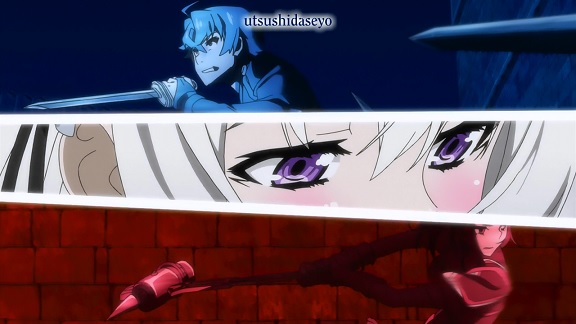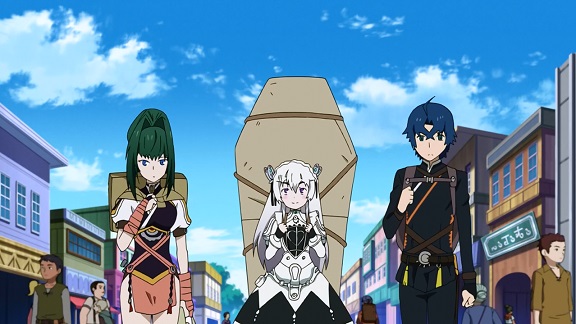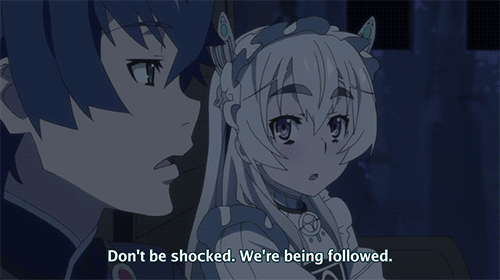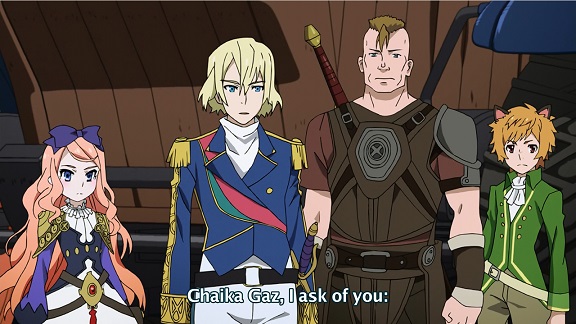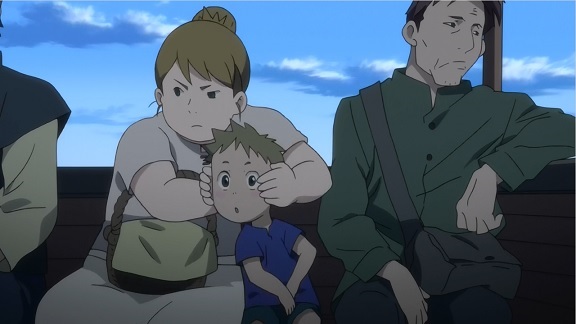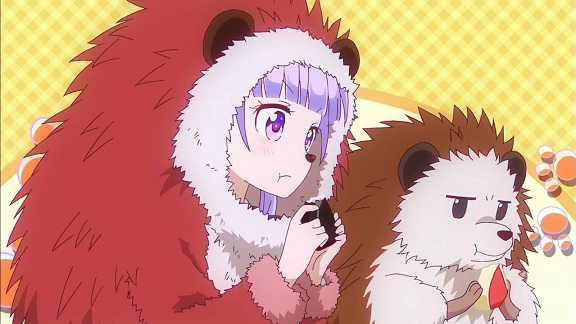
There’s too much anime being produced. I should know; I’m watching all of it. Or at least a good portion, having gotten in the habit of watching seasonal anime as it streamed last year and currently have some 139 series listed for this year as watched, watching or planning to. But even that is only a drop in the ocean. There are over twohundred entries listed on MAL for each of the seasons this year. There’s overlap between seasons of course, but it still means that at any given moment you can watch anywhere between fifty to seventy new series. Even filtering out the obvious crap can leave you with say a fortyone series to follow this season, as may or may not have happened to me.
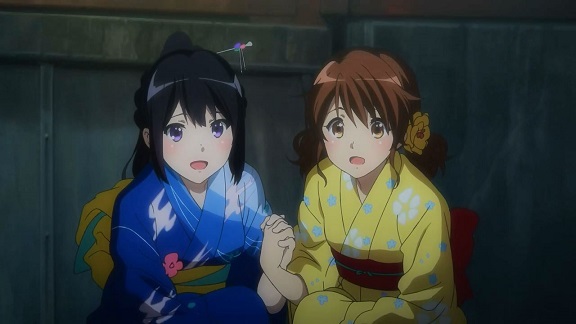
For all that variety though online discussion of shows seems to focus on only a select few. Currently it’s Yuri on Ice with a bit of Flip Flappers and Hibike! Euphonium 2 thrown in; before that Re:Zero or Mob Psycho 100. Before that, Erased or My Hero Academia. You’d expect that with so much choice discussion would be more broad, but instead it’s dominated by the series that “everybody” watched. Which means that a lot of deserving series end up slipping through the nets, watched but not discussed, or perhaps not even watched much at all for various reasons.
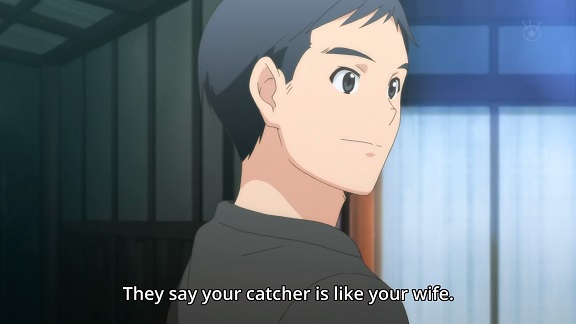
Case in point: Battery, last season’s Noitamina series, that got picked up by Amazon for their video streaming service back when they still thought all Noitamina series were like Kabaneri. Surprise, instead they got an eleven episode baseball story about a prima donna pitcher not fitting in with his new middle school baseball team and the catcher who tries to get him to change. I watched it and found it okay, noted the gay subtext (hard to miss when the show drives the pitcher/catcher relationship hard), but completely missed that it could be seen as being about growing up gay in small town Japan, as this sadly deleted Reddit post argued. That’s the sort of thing I like to see more off, discussion about not so widely followed series, new point of views.
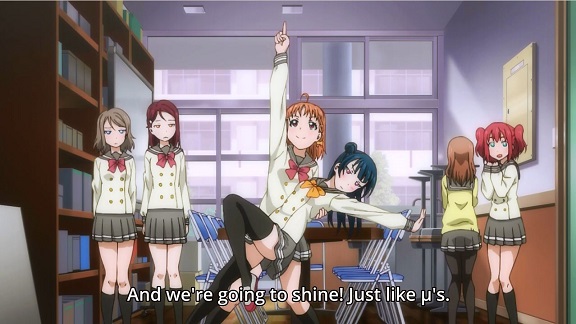
And what better time to do that then during the allegedly traditional twelve days of anime Christmas? So that’s what I’ll be attempting the next twelve days, shining the spotlight on some undeservedly neglected series that aired this year and telling you why you might like them. But first, I’ll showcase a series that’s arguably better off forgotten, a series that only existed to promote a Japanese only MMO but which strangely got licensed by Crunchyroll anyway: Phantasy Star Online 2: The Anime. Look forward to it tomorrow.
